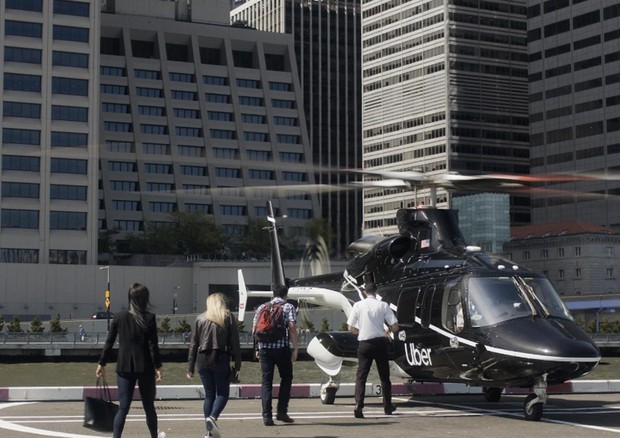Avoiding the traffic of a large metropolis may be a dream for everyone, but it is achievable only by a few. In New York, for the wealthiest, this opportunity has now become a well-established reality. The phenomenon is so widespread that it has acquired its own name, “Blading,” and is made possible by companies like Blade, which offer helicopter flights to a select audience.
Thanks to these services, managers, affluent commuters, and tourists can avoid long urban traffic jams, enjoy breathtaking views, and reach destinations like JFK Airport in just nine minutes for prices starting at $95 for those with a subscription.
Helicopter travel is therefore becoming a practical and relatively accessible alternative among New York’s elite. However, while these services represent a convenience for those who can afford them, they have also become a source of discontent for those living in their flight paths.
Complaints about rotor noise have exploded exponentially: noise complaints have risen from 3,300 in 2019 to over 59,000 in 2023. The racket has become so unbearable that many residents have organized protests against this aerial invasion.
Helicopters fly lower than planes and create intermittent noises that are particularly annoying. According to some studies, this type of noise pollution can have harmful health effects, causing stress, sleep disturbances, and even increasing cardiovascular risks.
Despite the controversy, the industry in this sector seems to be thriving, with an expansion that promises to revolutionize urban mobility. A potential turning point in this scenario could come with the introduction of eVTOLs (electric Vertical Take-Off and Landing), electric aircraft that, in addition to being quieter, are also less polluting and represent hope for reducing the environmental and noise impact of urban air traffic.
However, it is not only the citizens who are concerned; local politicians are also trying to regulate the industry, with proposals aimed at reducing the number of non-essential flights, such as those for tourists and wealthy commuters. The legislation in this field is complicated: although New York has the authority to control access to heliports, the city’s airspace remains under the jurisdiction of the Federal Aviation Administration.
This alternative means of transport is certainly not new to the Big Apple. Back in the 1950s, New York Airways offered flights from a Manhattan skyscraper to nearby airports, but the fatal accident in 1977 and the one in 2009 with Liberty Helicopters had shaken the public’s confidence. Over time, however, helicopter use has grown again, with tourist and charter flights increasing, as well as flights by law enforcement and media outlets.
The revolution in vertical transport seems unstoppable, but are we really willing to surrender 1% of our skies to a few citizens while leaving the rest of us to live with the noise and pollution that comes with it?












